Here’s how to assess the risk level of different activities
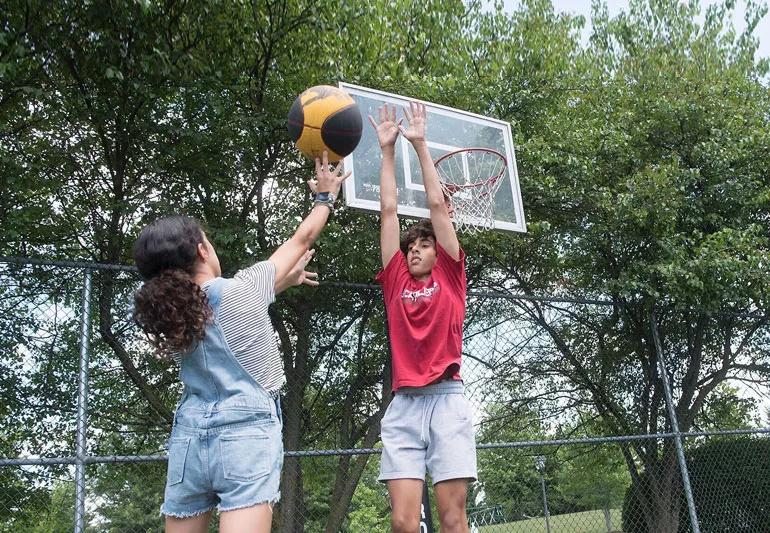
If you’re a parent, it might not feel like summer if your evenings aren’t spent watching Little League games and shuttling kids to dance or swim lessons.
Advertisement
Cleveland Clinic is a non-profit academic medical center. Advertising on our site helps support our mission. We do not endorse non-Cleveland Clinic products or services. Policy
Yet the coronavirus pandemic has sidelined many of those summer routines and left others in limbo as we grapple with which activities are actually safe to do right now.
As some communities start up youth sports again, how can you decide whether it’s safe for your children to play?
“I would encourage kids to become active again, but with the caveat of being safe and minimizing risks as much as possible,” says pediatrician W. Kyle Mudd, DO. “The virus is still very much present in the community, so we can’t let our guard down.”
Here are some things to consider as you weigh the potential risks and benefits for your child.
The companionship and social interaction that sports provide are crucial to children’s development, Dr. Mudd says. And physical exercise has positive effects on children’s physical and mental health.
Plus, children thrive in the type of structure and routine that organized sports create. So, while canceling youth sports during the first few months of the pandemic was “absolutely necessary” to slow the spread of COVID-19, Dr. Mudd notes, it was not without any negative consequences for kids.
Research shows that children tend to be more sedentary, eat less nutritious foods and have more irregular sleep patterns over weekends and prolonged breaks.
Advertisement
“These same effects are being seen because of COVID-19 restrictions and stay-at-home orders,” he explains. “They may even be made worse by the lack of social interaction due to school closures and sports cancellations.”
In a survey of more than 1,700 children who had been restricted to their homes in China, as many as one in five of them reported symptoms of depression or anxiety.
“As we reopen our communities, it’s important to allow participation in athletics and play, as long as risks can be calculated and minimized when possible, and group activities are allowed per CDC recommendations,” Dr. Mudd says.
According to the CDC, the safest way for kids to get back to sports this summer is for them to do skill-building exercises or conditioning at home.
Adding other players to the equation adds some amount of risk that the virus could spread between players. When you’re evaluating whether your child should participate in a team activity, carefully consider these factors:
Sports with more frequent and prolonged contact between players, such as football, wrestling or basketball, would be considered high risk. Those that involve less or no close contact, such as baseball or tennis, would be lower risk.
“Sports and activities can also be considered safer if they occur outdoors, and even more so if athletes are able to wear a mask,” Dr. Mudd adds.
It’s not just the nature of the sport or activity itself that should be considered. It’s also the personal situation of your child and your family.
These factors should also play into your decision:
If you do decide to let your child participate in sports this summer, there are some modifications that can be made to cut down on some of the risk.
Your child’s coaches should have some or all of these practices in place, but you can reiterate to your child that they should:
Advertisement
There’s no playbook for how to navigate everyday life during a pandemic, so it’s up to you to make the best decision for your child’s and family’s health and well-being. Trust your instincts, and don’t be afraid to talk about any concerns with your child’s coach or healthcare provider.
Advertisement
Learn more about our editorial process.
Advertisement

The short answer: It’s complicated, but the basic care precautions still prevail, like washing your hands and isolating if you’re sick
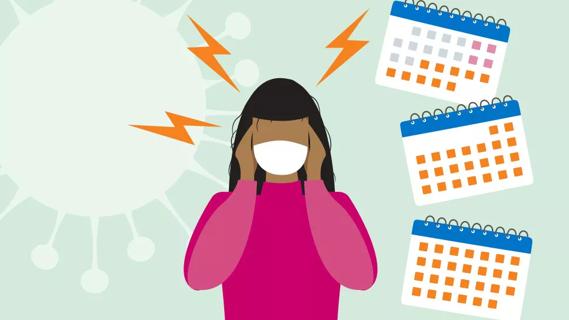
They can feel like a typical headache or a migraine headache, but the pain can last for weeks to months

Any large social gathering — from a family birthday party to an indoor music concert — has the potential to spread serious infection
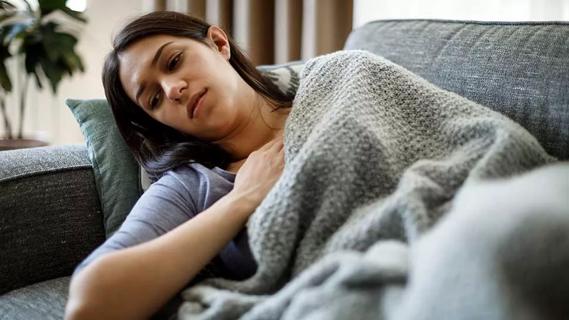
It’s important to connect with a healthcare provider, get quality sleep and balance your activities with your energy levels

Just like the flu, COVID-19 will continue to evolve every year
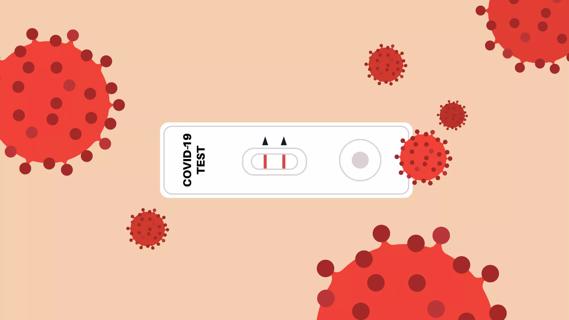
The duration varies, but symptoms can linger for a few days up to a couple weeks or more

Vaccination is best for prevention, but if you get sick with COVID-19, treatments are available
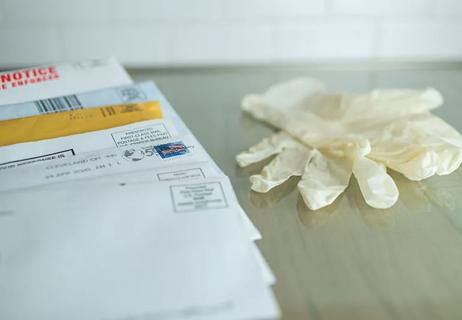
The virus lives best in humans, but it can last on hard surfaces, like doorknobs and railings

Type 2 diabetes isn’t inevitable with these dietary changes

Applying a hot or cold compress can help with pain